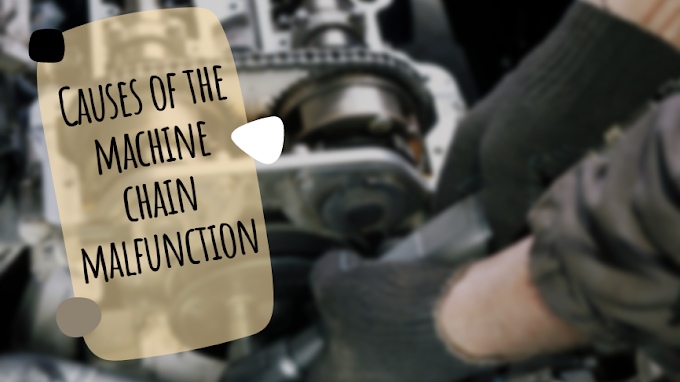3 Ways to Repair the Exhaust
The car exhaust is an essential part of the engine system. It works to get rid of the gases emitted as a result of burning gasoline in the car's engine while it is driving, by getting rid of it and expelling it outside the car instead of taking it out of the windows, through pipes, manifolds, and a muffler; The muffler helps reduce vibrations or explosions while driving the car too fast or slowly, and the muffler is located under the rear bumper of the car, and due to its complex function, it may, over time, be exposed to malfunctions or leaks, which requires repair or change, so this article will explain How to repair a car exhaust in simple and easy ways.
Exhaust repair tools
There are several tools that can be used in exhaust repair to plug and repair holes, the most important of which are the following:
- Metal bandages can be fixed with a paste.
- Bandages are made of silicone and are characterized as a heat-resistant materials.
- Very dry paste.
- Elastic bands, which are characterized by their heat resistance.
- Self-repair strips, made of silicone with a fusible coating.
Exhaust repair methods
 |
| 3 Ways to Repair the Exhaust |
1. Leak repair
The heat in the exhaust pipes, and the accumulation of dirt and rust on the pipes and joints, causes holes and cracks in the exhaust, which leads to smoke leaking, and this problem is serious; The smoke can enter the car cabin instead of getting rid of it outside the car, and this situation can be dealt with by the following:
- parking the vehicle on concrete or level ground away from dirt, grass, or gravel; This is to prevent the crane and the car from falling, in addition to making sure to leave the car to cool down before starting work; To avoid burning while trying to repair it.
- Using a car lift to raise the car, by placing it under the car and starting to raise it, then installing special carriers under the car, to support the weight of the crane and prevent the car from falling.
- Check the exhaust pipes extending from under the front of the car to the rear; To search for the location of the leak, signs of a leak can be distinguished by the presence of scratches, corrosion, or holes in the pipes, and bumps or rust can cause corrosion in the pipes, causing the leak.
- Operating the car to find out the location of the leak in the event of failure to find it during the examination of the pipes, as operating the car makes it easier to know the location of the leak, and it should be noted the importance of leaving the transmission (gear) in the waiting position.
- Assess the damage caused by the exhaust leakage to see how to fix it; Exhaust corroded by rust buildup needs replacing, while small holes or cracks can be treated with simple tools such as repair putty or exhaust tape, while larger holes need to use aluminum and epoxy bits to seal them.
- scrub the site of damage with a steel toothbrush, then rub it with sandpaper; To remove accumulated dirt such as mud and rust, to facilitate the adhesion of tape or epoxy.
- Clean the area with a piece of nail polish remover, as it strengthens the epoxy bonds on the tubes.
- Exhaust tape or epoxy can be used on small holes directly, while larger holes and dents need patching, to completely seal the hole and stop the leak.
- Wrap at least two layers of exhaust tape over the small holes and the area around them by several centimeters, and it is preferable to start the car after applying the exhaust tape to ensure that the leak is stopped.
- Mixing epoxy and aluminum putty to fill holes or large scratches in the exhaust pipes, and placing it using a wooden piece, taking care to put it quickly, because it is a quick-drying material, as it dries within two to four hours, and the exhaust tape can be placed over the epoxy after it dries.
2. Change part of the exhaust
Part of the exhaust can be changed in the event of smoke leakage between the pipe filling and the exhaust joints, through the following:
- Loosen the screws between the pipes and joints, and spray the screws with lubricating oil when there is difficulty in removing them from their place, as the accumulation of dirt on them or excessive heat can cause difficulty in removing them.
- Scrape off the frayed filling completely and all around it with a scraping tool or putty knife, and secure the new filling with screws, taking care to tighten it well.
3. Install an exhaust patch
It is preferable to use an aluminum patch to fill large holes. Patches are available in auto parts stores, and they can be installed by following these steps:
- Cut the aluminum can a few centimeters larger than the hole size, in the shape of a circle.
- Apply epoxy to completely close the hole, then install the patch and stick it well, then apply an amount of epoxy putty and fix it with a wooden piece.
- Install a larger patch over the epoxy putty along the length of the tube, then secure it with clips, taking care to seal it tight with a wrench.






